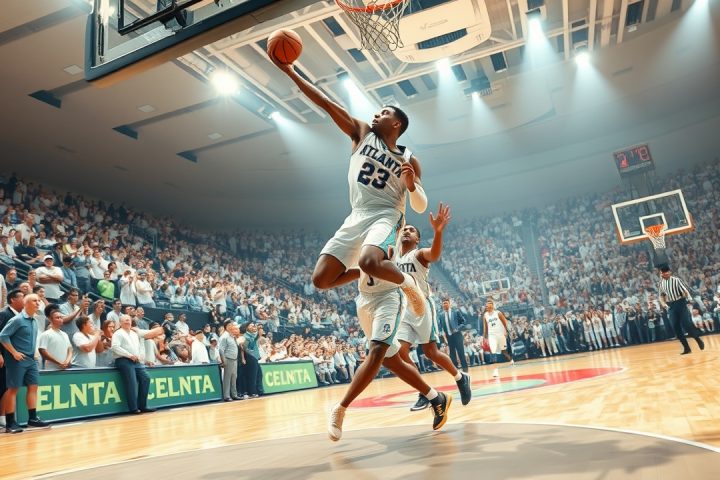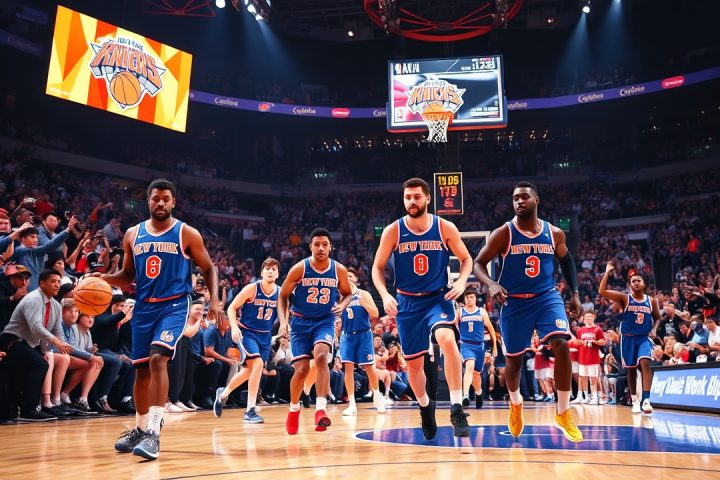The Competitive Season and Its Conclusion
The competitive season for top draft talents has come to a close, with the final games played at the Memorial Cup leaving a lasting impression on scouts and NHL executives. With a key event this week in Buffalo, New York—the NHL Combine—prospective players will participate in intense physical evaluations and discussions with various teams. This combine serves a dual purpose: it not only tests the athletes’ physical capabilities but also allows teams to gauge their personalities through unconventional interview questions, while also assessing the implications of any injuries.
Importance of the Combine
As teams prepare for the upcoming draft, they must be ready to adjust their rankings based on the outcomes of these combine tests, which play a significant role in draft predictions. Scouting accounts for approximately 40% of draft evaluations, while other factors—including projections, off-ice assessments, and insights from industry insiders—will shape the final standings, scheduled for release on June 23. This evolving landscape indicates that players can significantly rise or fall in their projected draft order.
Draft Rankings and Projections
The draft rankings comprise five key components: an overall ranking that reflects projected potential, the confidence associated with those projections, and scouting evaluations. Specifically, the NHL projection states the likelihood of a player achieving significant roles in the league, with a breakdown of potential outcomes ranging from optimal scenarios to the less favorable. For instance, a player with a high-end projection as a number one defenseman may still carry risks, such as landing in a secondary role or failing to make it to the NHL at all—a scenario depending partly on the player’s injury history and the strength of their league.
Understanding Volatility in Rankings
The rankings are categorized into tiers reflecting confidence and volatility. Each player is assigned a specific projection confidence level—ranging from high (above 80%) to low (below 35%)—and measured against a volatility scale that indicates the diversity of career outcomes anticipated from each prospect. A low volatility suggests a narrower range in career paths, while high volatility indicates a greater likelihood for drastic shifts in potential careers, influenced by various external and internal factors.
Fan Insights and Expert Analysis
For interested fans and analysts, detailed player strengths highlight individual capabilities, including offensive skills, physical presence, and defensive acumen. Updated insights and predictions can be followed through ESPN’s expert analysis, including mock drafts covering several sports categories.




